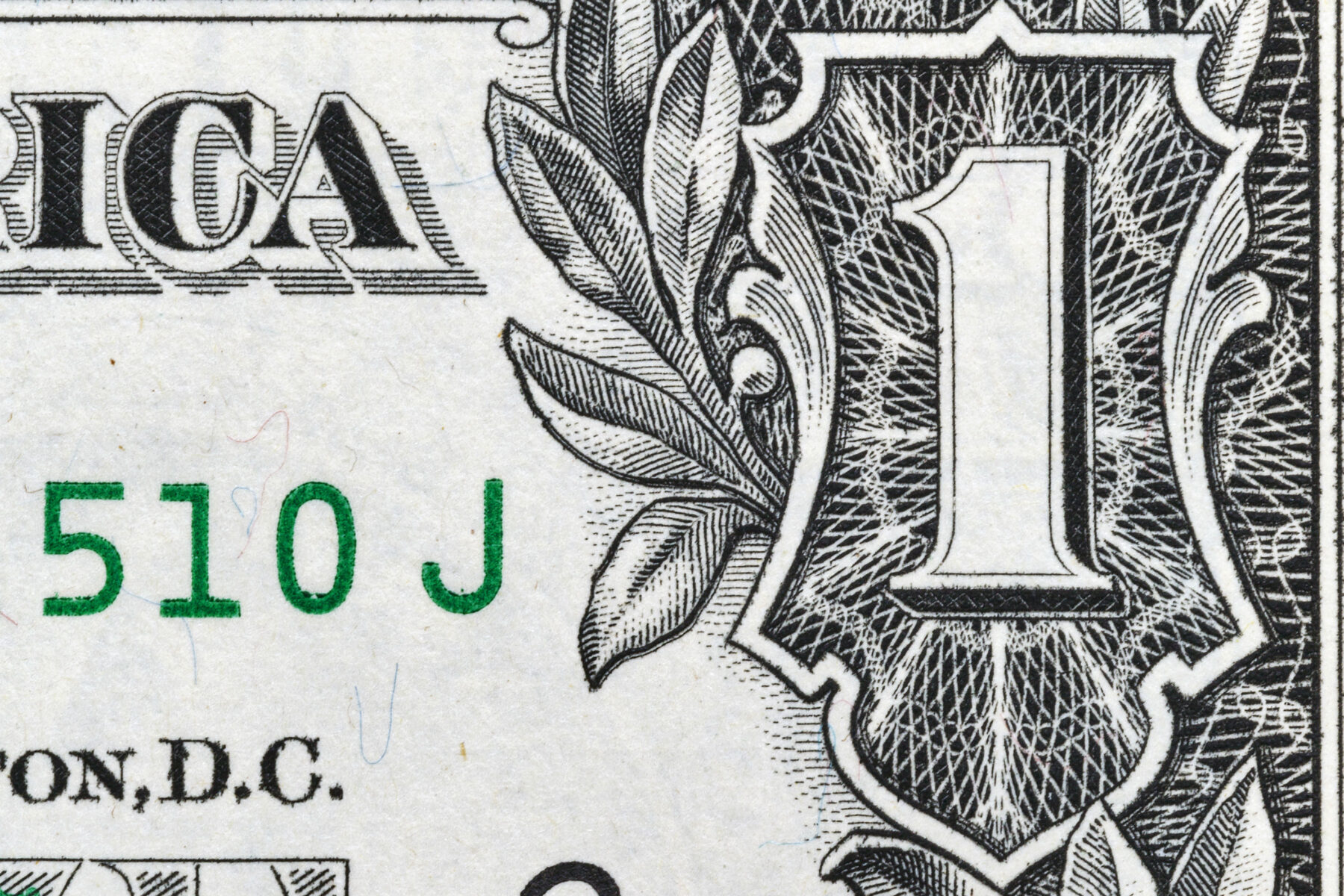How Americans Are Perceiving and Feeling Inflation
As 2024 approaches, the U.S. economy has become a complicated story with one dominant plotline: inflation. But a closer look at data from the recent American Communities Project/Ipsos Survey suggests a more generalized anxiety around prices than a serious hardship, at least for now.
Through several key metrics — GDP growth, unemployment, the Dow Jones Industrial Average — the current state of the economy looks solid to very good, but Americans are generally feeling negative about their economic futures. The driving element is the cost of things. Americans cited inflation as the top local concern. At least 40% in every community type singled out inflation, according to the American Communities Project’s recent survey of 5,000 Americans across all 15 types.
But the survey went further on inflation with a series of questions about “serious problems” due to prices. These questions yielded a very different set of responses.
Serious Financial Problems
On the broadest measure of economic pain: “In the last year, have you experienced serious financial problems caused by recent price increases?”, the numbers indicate some challenges, particularly in some communities. But the figure lags far behind the feelings about inflation as a community concern.
There’s a range to those numbers, but it’s not massive. On one end, 23% in the African American South say they have experienced “serious financial problems.” On the other end, 37% say the same in Working Class Country.
To be clear, anyone experiencing serious problems due to inflation is noteworthy. It helps explain some of the nation’s economic angst. And the 37% figure shows real challenges in Working Class Country communities. On average, those communities have higher unemployment rates and lower incomes than most communities.
At first blush, the “serious problem” numbers don’t seem to align with larger concerns about inflation. The “serious problem” figures in both the African American South and Working Class Country are 20 percentage points below the “most important issue” numbers in those communities. But the differences between those figures may show the difference between what people are personally experiencing (serious pain) and what people see around them (top community issue).
In other words, if 37% of people in a community have experienced serious problems with rising costs over the last year, it may make sense that 58% of the people in that community see inflation as the biggest issue of concern.
What’s Causing the Pain?
A mix of issues is behind the serious problems those communities are experiencing, according to the survey.
If there is one relative bright spot in the data, it may be that rising costs have not impacted housing as much as other aspects of living. Having a hard time making ends meet is never a good thing, but when it affects whether you have a roof over your head, the problems can shatter a household or a community.
Nationally, only 13% of Americans said rising costs led to serious problems paying their rent or mortgage. One might argue than any number is too high, but that’s still 14 points lower than the overall national serious problem figure. And while the number is still highest in Working Class Country, at 21%, the figure is still 16 points lower than the overall serious problem number of 37%.
People in most communities said being able to buy food and gas and other household needs was more of a challenge, however.
Nationally, 22% of those surveyed said they had “serious problems” buying those needs. On this particular question, the Evangelical Hubs stood out with 31% saying they had a hard time affording those necessities. Working Class Country was close behind at 27%.
The largely prosperous Exurbs were the lowest on this question, with only 17% saying they had serious problems. That might be something of a surprise considering how there is generally more driving in those far-flung suburban locales. But the Exurbs tend to have more residents with college degrees and perhaps more employees who can “work from home” in the post-pandemic world.
Credit card bills and loans are another big source of inflation pain in the ACP types.
Nationally, 21% those surveyed said those types of bills were sources of serious financial problems. Working Class Country again stood out on the high-end respondents, with 30% saying they experienced serious problems paying those bills.
On the low end were the College Towns, Graying America, and Middle Suburbs, all with 18% saying they had serious problems with those bills. College Town residents may not yet be paying back student loans they took out. Residents of Graying America may be past the most acquisitive times in their lives. And Middle Suburb communities tend to be more truly middle-class and less free-spending than other places.
A Political Meaning?
As in any survey, there is also the question of respondent bias. Increasingly, polls show that people’s views on the economy are tied to their political views. Democrats tend to hold a bleaker view of the economy when there is a Republican in the White House and vice versa. There may be some of that in these data.
On most of these questions, Working Class Country and the Evangelical Hubs say they are feeling the most pain, and those communities tend to vote heavily Republican. That’s not to say people in those communities are experiencing serious financial problems related to inflation. But the fact that they are consistently high on every issue is noteworthy.
For instance, it’s interesting that respondents in Working Class Country say they have experienced more serious financial problems around housing than respondents in Big Cities, urban places notorious for high rents and real estate prices.
It is a point worth more study.
